Need to secure your roof tiles? Roof tile cement offers durability and protection. This guide explores its benefits, drawbacks, costs, and alternatives to help you choose the right option.
Understanding Roof Tile Cement
Roof tile bedding mortar serves as a foundational element in the construction of durable and secure tiled roofs and is critical in both roof repairs and roof restoration. Composed of a tailored blend of cement, sand, and high-quality additives, this mortar mix is not just a random concoction but a meticulously formulated bonding agent. Its primary role is to ensure a snug fit for ridges, barges, and apexes on tiled roofs, creating a uniform and sturdy surface that can withstand the test of time and the caprices of weather.
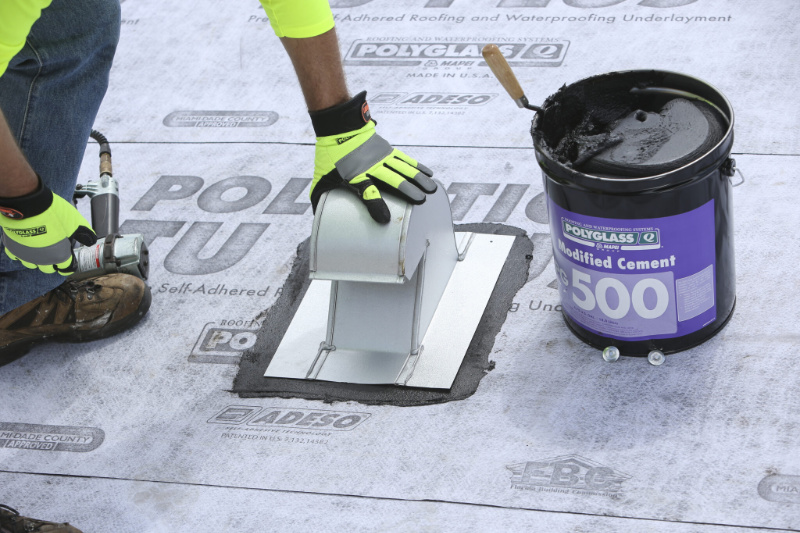
Benefits of Using Roof Tile Cement
The virtues of using roof tile bedding mortar are numerous, including:
- Impressive resilience that demands minimal maintenance
- Forms a durable bond that holds the tiles firmly in place
- Shields your home from the elements
- Stands tall through the seasons
This robust material is often used for tile and ridge capping, making it a reliable and durable product.
Moreover, the thermal properties of concrete roof tiles contribute to a home’s energy efficiency, especially during warm and hot temperatures, maintaining a comfortable indoor climate and potentially reducing utility bills.
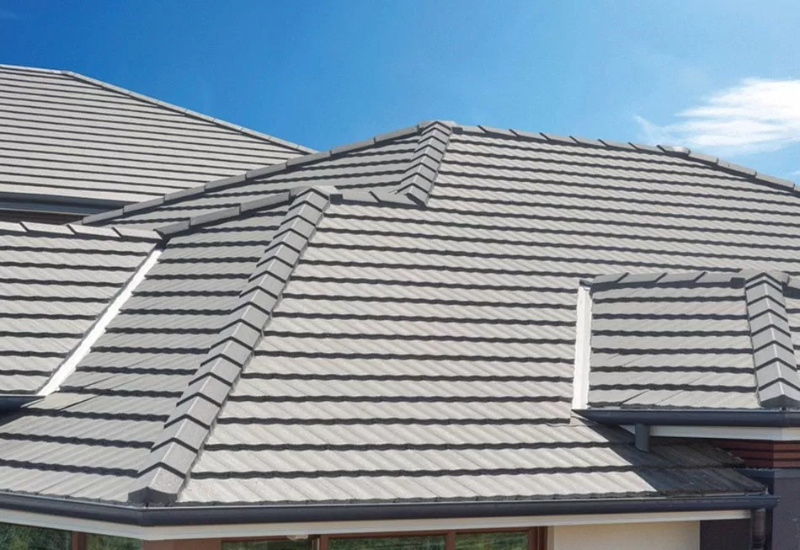
Drawbacks of Roof Tile Cement
However, every rose has its thorns. Despite its steadfast nature, roof tile cement is not without its flaws. Cracking can become an issue, particularly when faced with the stresses of thermal expansion or the fury of extreme weather. These cracks can compromise the roof structure, inviting water leaks that threaten the integrity of the home. To avoid such issues, it’s essential to invest in high-quality apexes roof tiles and hip tiles that can withstand these challenges.
Additionally, the very factors that make roof tile cement advantageous can be its undoing, as exposure to severe conditions can reduce its lifespan.
Cost Analysis of Roof Tile Cement
When it comes to the finances of roofing, initial costs play a significant role in material selection. Concrete roof tiles present an attractive upfront cost, typically ranging between $40 to $60 per square meter, a figure that appeals to budget-conscious builders. However, while terracotta tiles command a higher price tag, they offer a longer lifespan with fewer replacement concerns, balancing the scales of cost over time.
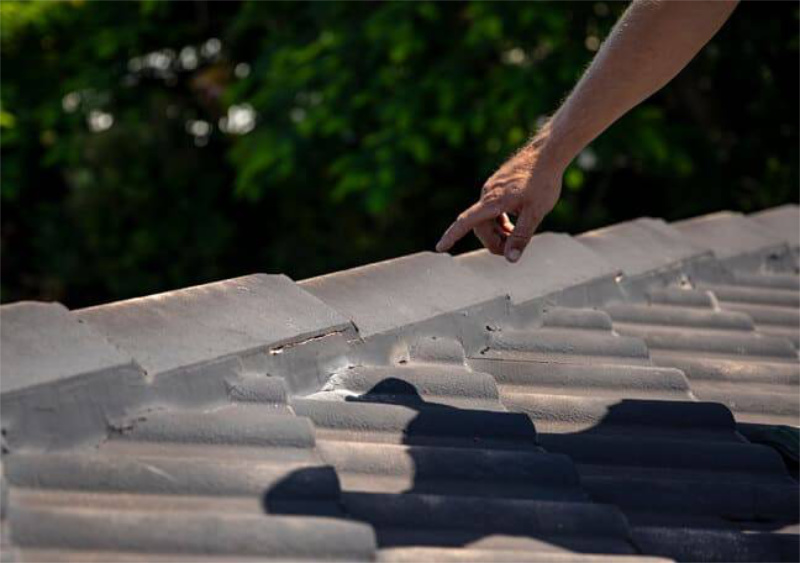
Alternatives to Roof Tile Cement
Innovation in the roofing industry has led to the emergence of alternatives that challenge the supremacy of traditional cement. As roofing professionals adapt to these changes, polyurethane adhesives and butyl tapes represent a new generation of roofing materials, offering flexible and waterproof solutions.
Flexible Pointing Mix
One such innovation is the flexible pointing mix, a mortar mix that boasts the capacity to move with the roof structure. Its cyclonic wind resistance and strong bonding capabilities make it an attractive option for those in storm-prone regions. This is achieved through the use of high quality additives designed to enhance the mix’s performance.
Lime Mortar
Lime mortar, on the other hand, offers a classic approach with a modern twist. This bedding mortar ensures a hard, breathable seal that allows moisture to escape, thus protecting the roof from internal damage.
Dry Ridge Roofing System
The dry ridge roofing system represents a leap forward in roofing technology. This system offers several advantages over traditional cement:
- It employs mechanical fastenings, eliminating the need for cement.
- It provides a maintenance-free roof.
- It is more durable and stands up better to the elements.

Installing Roof Tile Cement: Step-by-Step Guide
The process of installing roof tile bedding mortar is one that demands precision and care, especially considering the potential for tile movement during installation. Starting with the essential safety steps of installing a rail and securing the ladder, the process moves on to the meticulous preparation of the roof tiles, including the replacement of any damaged ones.
The process of installing roof tile bedding mortar is one that demands precision and care, especially considering the potential for tile movement during installation. Here is a step-by-step guide:
- Safety First: Begin by installing a rail and securing the ladder to ensure a safe working environment.
- Preparation: Inspect the roof tiles and replace any damaged ones before starting the installation process.
- Mixing the Mortar: Prepare the bedding mortar by mixing the cement, sand, and any necessary additives according to the manufacturer’s instructions.
- Applying the Mortar: Spread a layer of mortar on the roof surface where the tiles will be placed. Ensure an even distribution to avoid any gaps.
- Placing the Tiles: Carefully place the tiles onto the mortar bed, pressing them firmly to ensure a good bond.
- Aligning the Tiles: Make sure the tiles are properly aligned and spaced according to the roofing pattern.
- Securing the Ridges: Apply additional mortar to secure the ridge tiles, ensuring they are firmly in place.
- Finishing Touches: Smooth out any excess mortar and clean the tiles to remove any mortar residue.
- Curing: Allow the mortar to cure properly according to the manufacturer’s recommendations before exposing it to the elements.
Following these steps will help ensure a durable and secure roof tile installation.
Tips for Maintaining Roof Tile Cement
Maintenance of roof tile cement is crucial for extending its lifespan. Regular cleaning, avoiding pressure washing, and keeping the roof free of debris are all part of a proper care routine. Consulting a roofing professional can help ensure these tasks are done correctly.
Comparing Roof Tile Cement to Modern Alternatives
In the evolving world of roofing materials, traditional cement is being compared to modern alternatives such as COLORBOND steel roofs and lime mortar,. Each comes with its set of advantages and drawbacks, from ease of installation to environmental impact.
How to Choose the Right Roofing Material for Your Project
Choosing the right roofing material is a decision that should be made with various factors in mind, including durability, insulation, and the climate of the area,. Metal roofing sheets, such as those made from steel and zinc, offer a viable alternative to traditional roof tile cement with their durability and longevity.
Summary
In conclusion, roof tile cement remains a reliable choice for roofing, but modern alternatives offer compelling benefits that cannot be ignored. The decision ultimately comes down to individual needs, preferences, and environmental conditions. Fremantle Roofing Services is here to help you navigate these choices with expert advice and top-notch service. Contact us today to ensure your roof is not only a shelter but a long-term investment in your home’s integrity and beauty. Let us transform your roofing vision into reality!

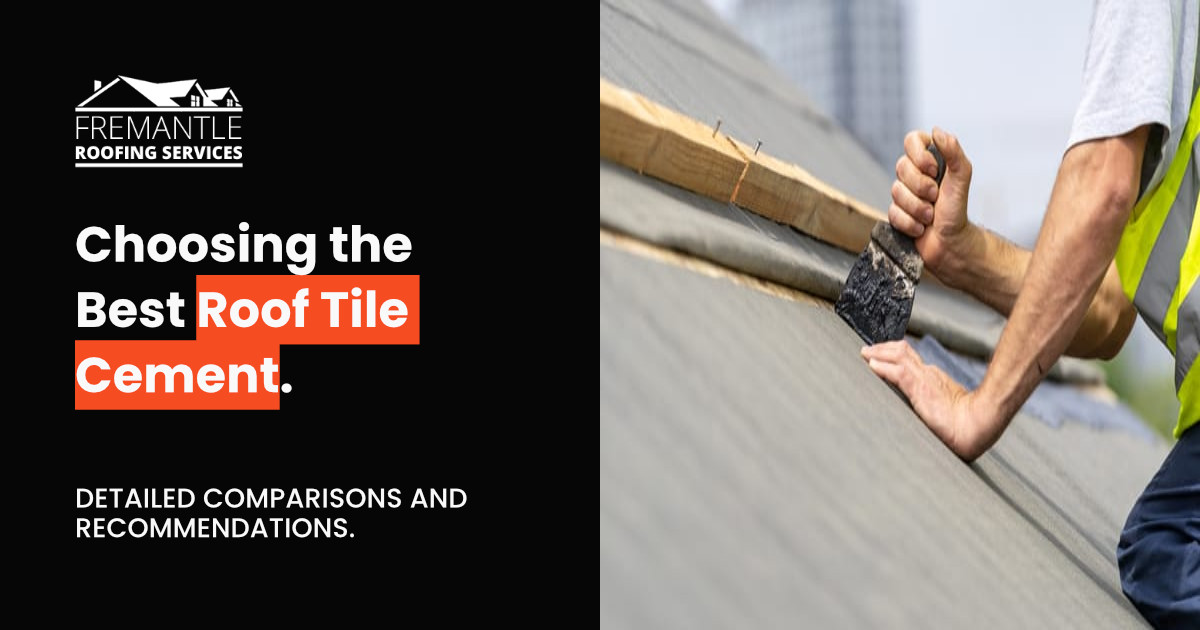

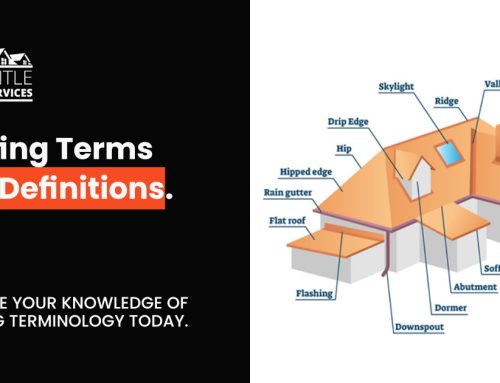
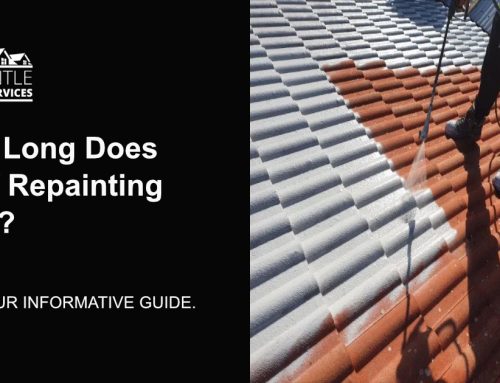
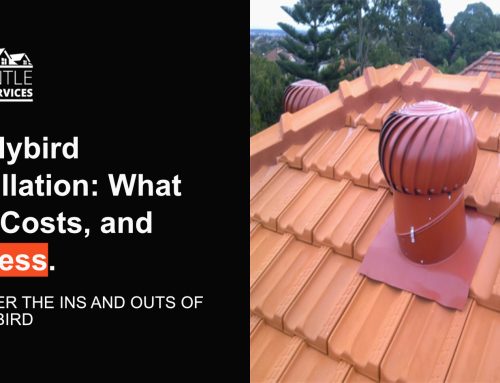
Leave A Comment